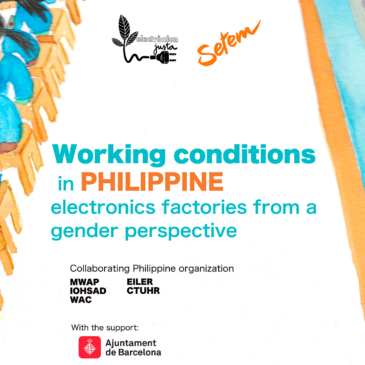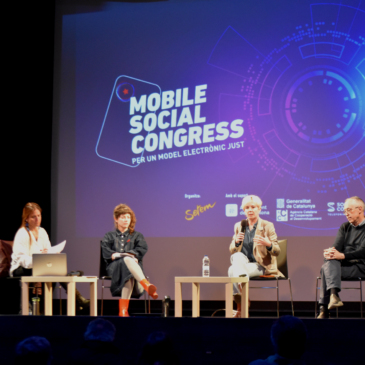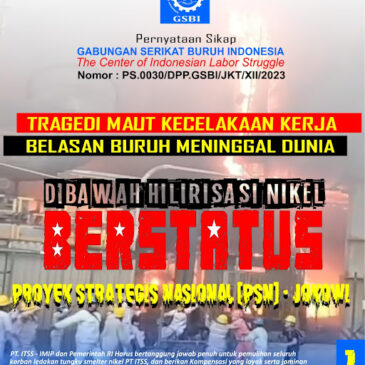Civil Society Raises Its Voice and Calls on the UN for Strong Leadership for a Just Energy Transition
In response to the growing demand for critical minerals for the energy transition, Secretary-General António Guterres is leveraging the convening power of the United Nations to bring together a diverse group of governments and other stakeholders in the value chain of these minerals. Their goal is to develop a set of common, voluntary global principles to safeguard environmental and social standards and integrate justice into the energy transition. A recently … Read More











